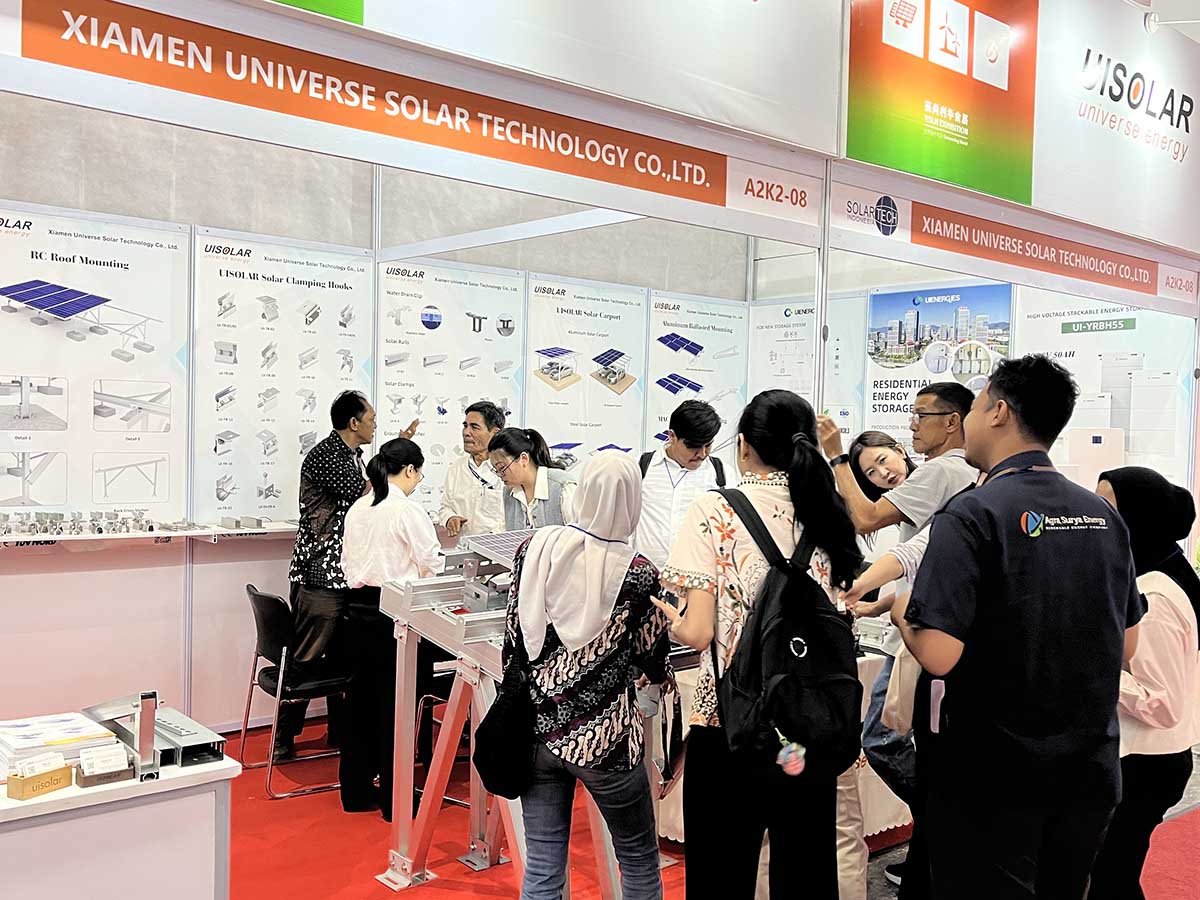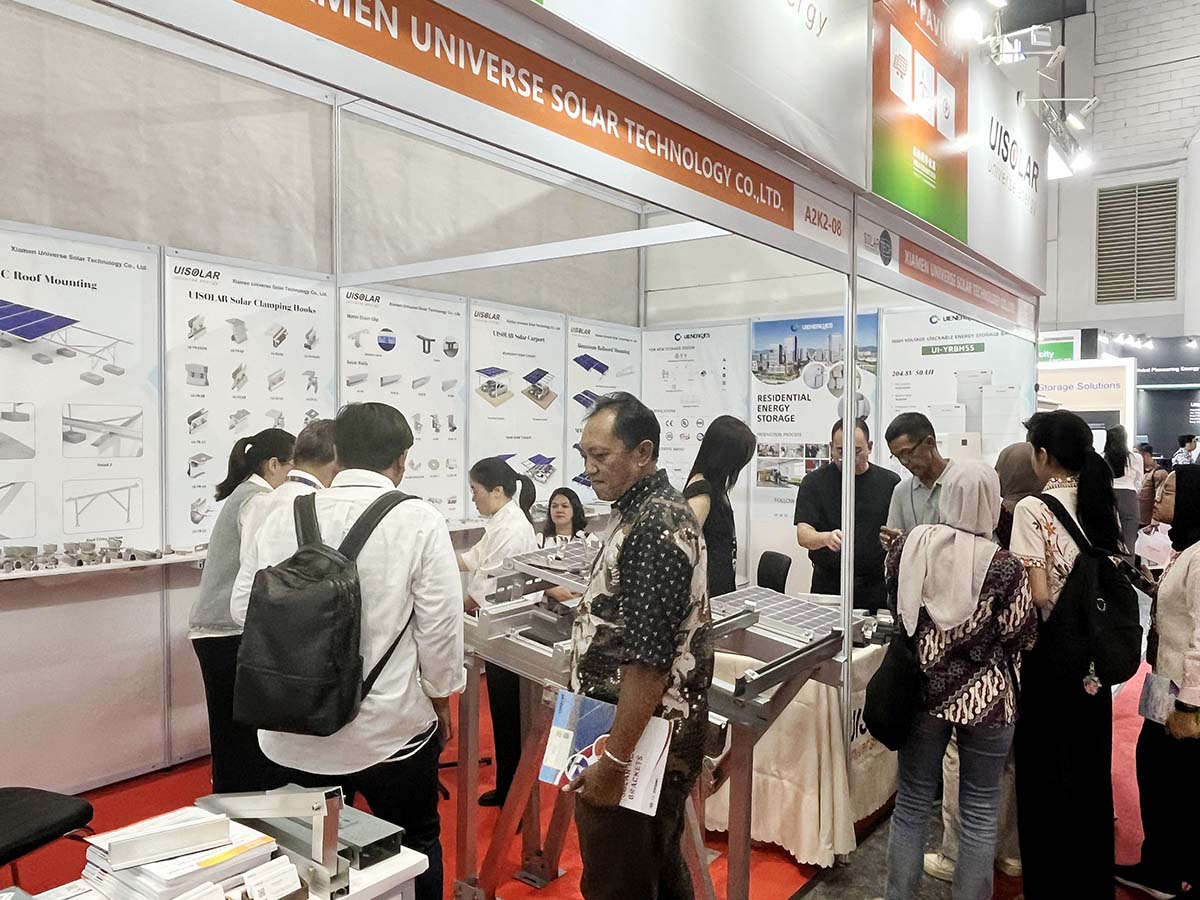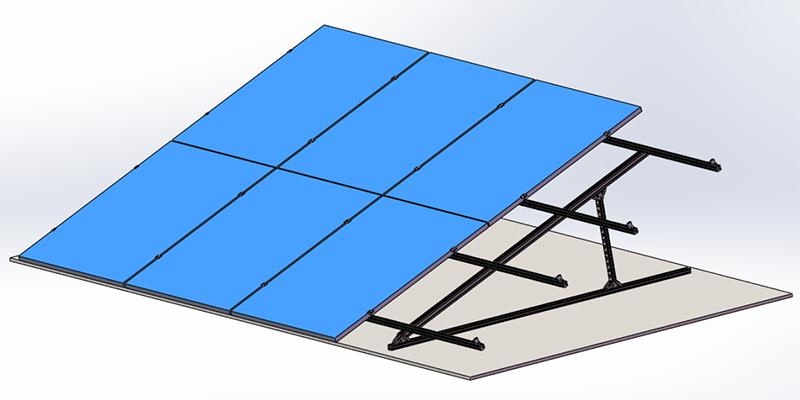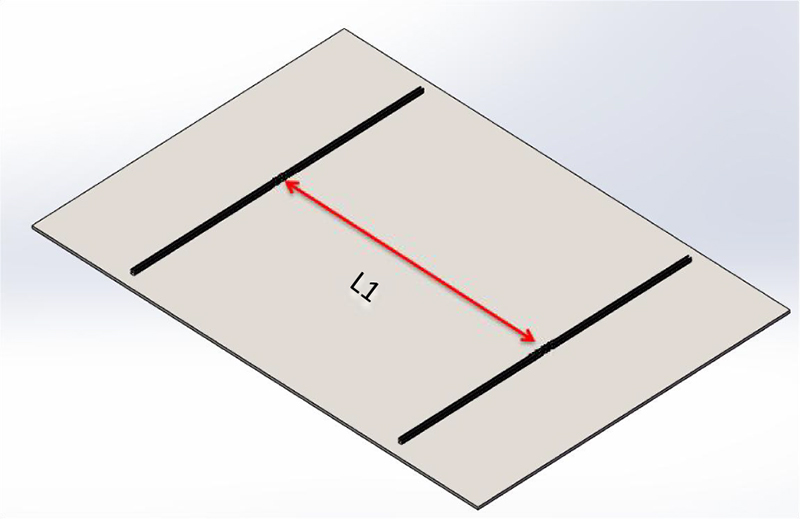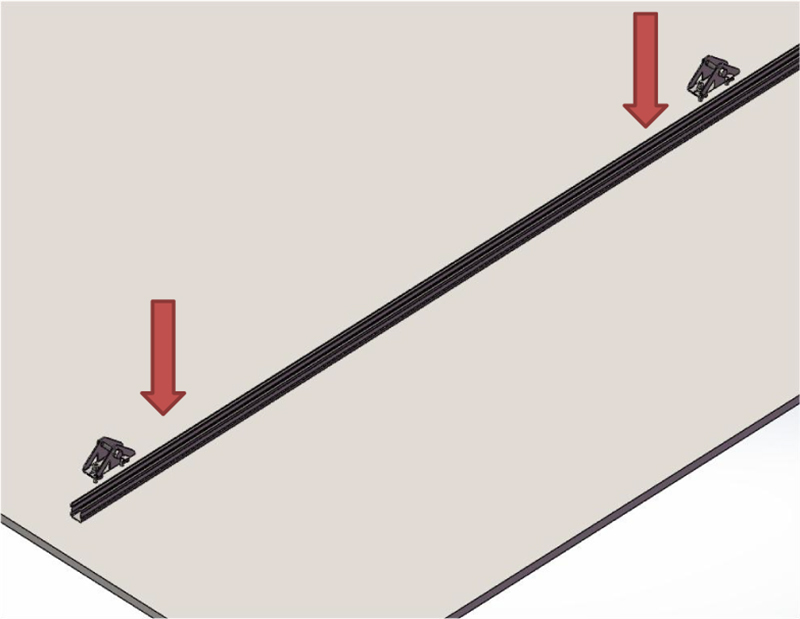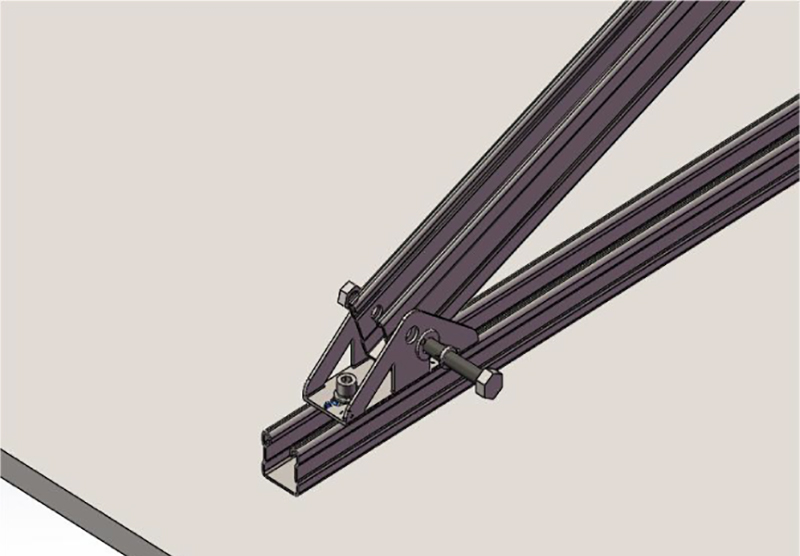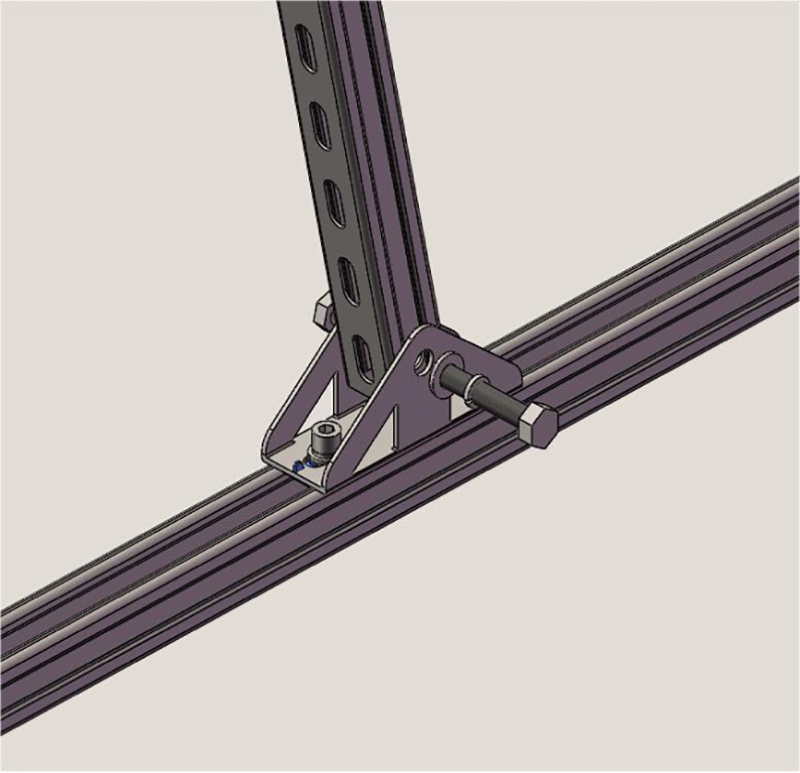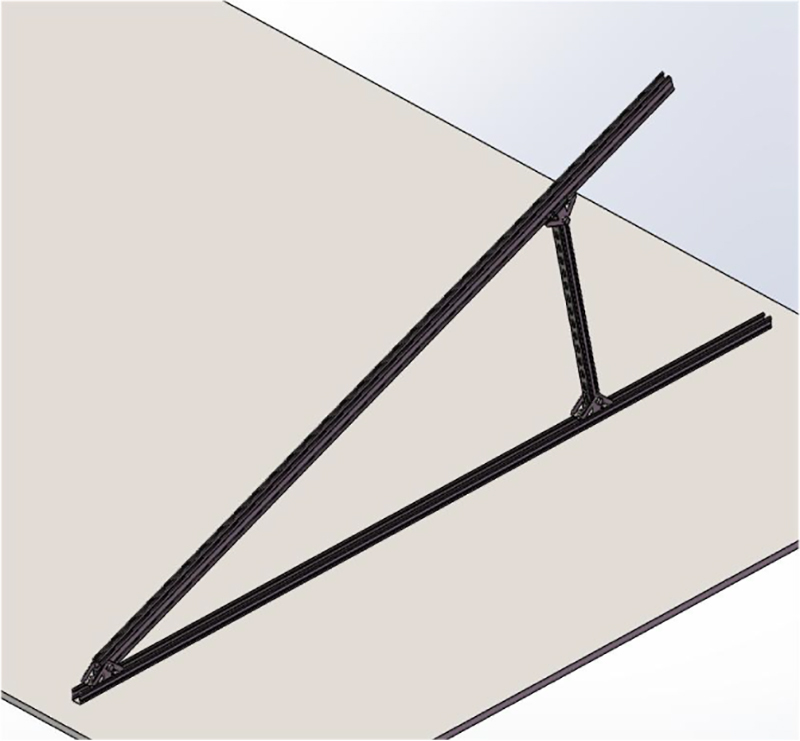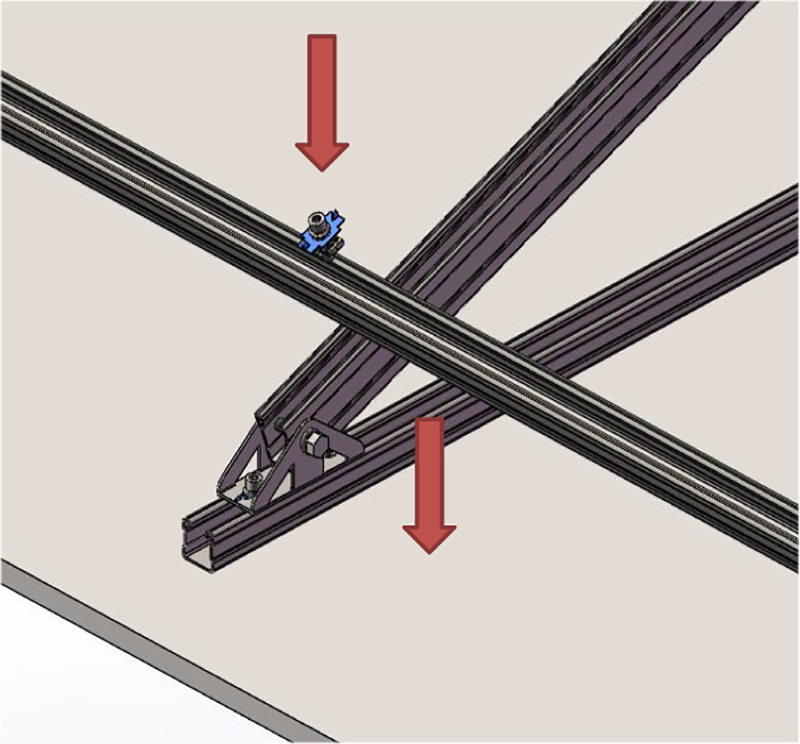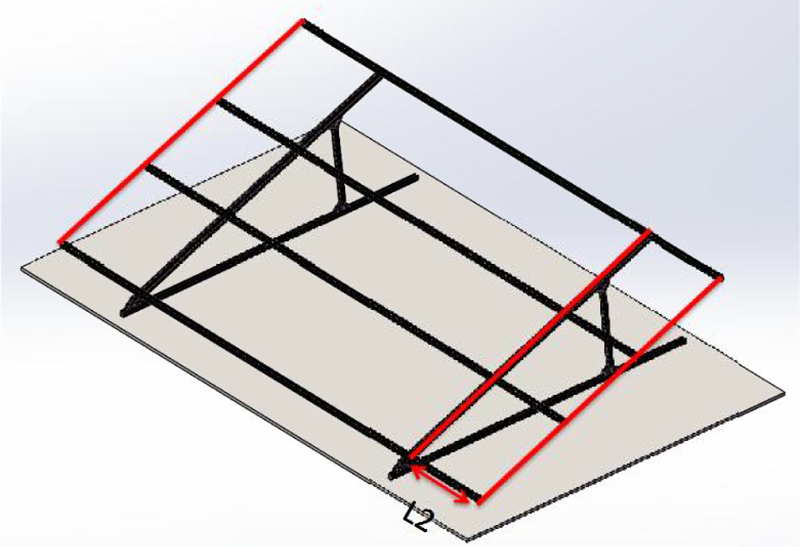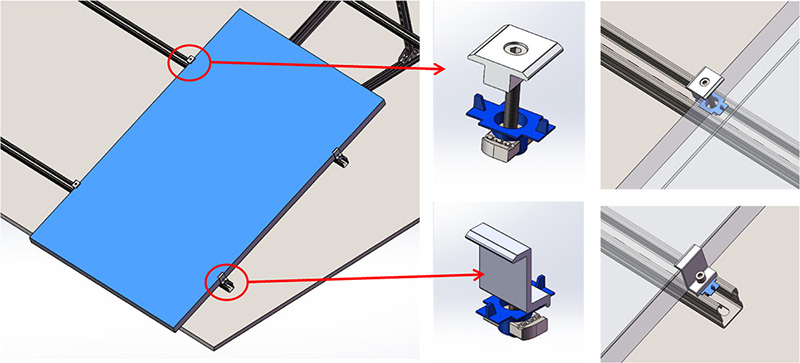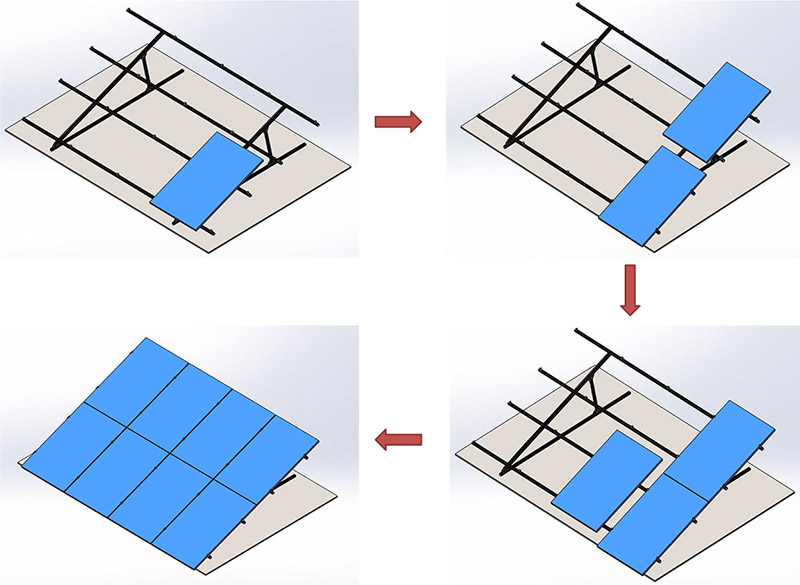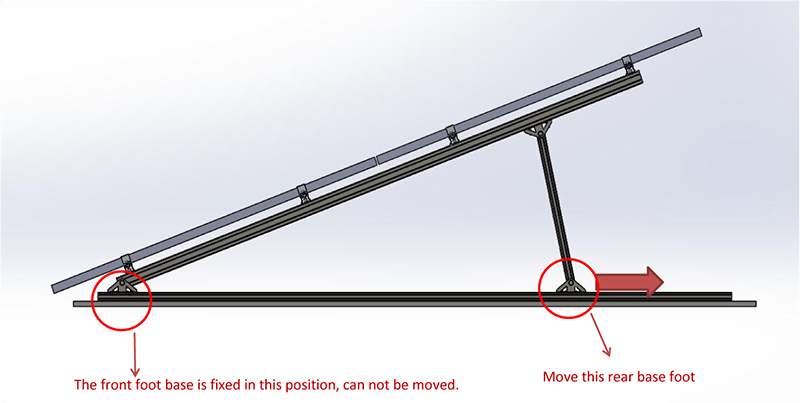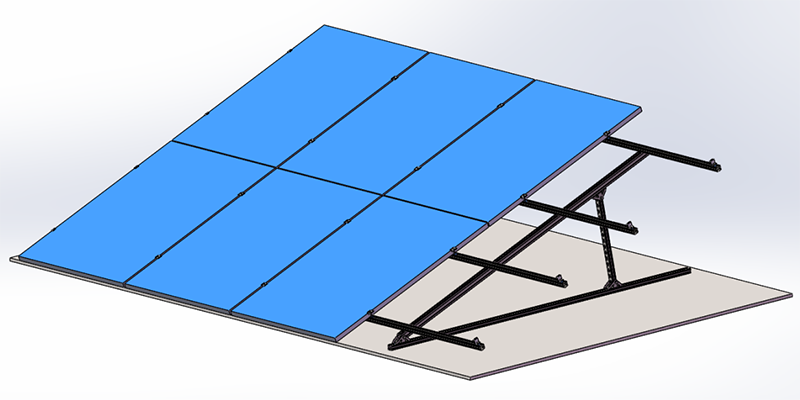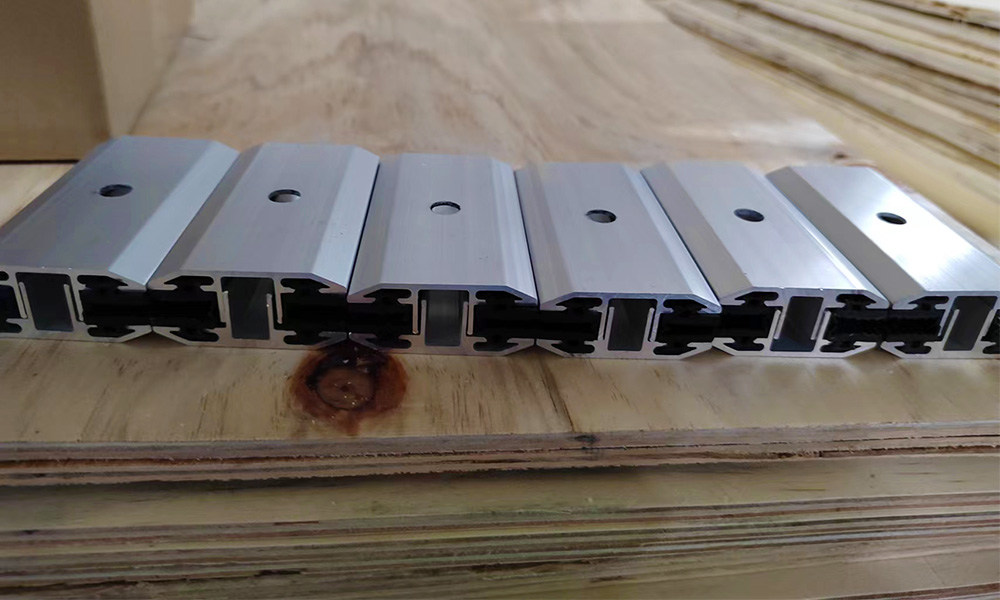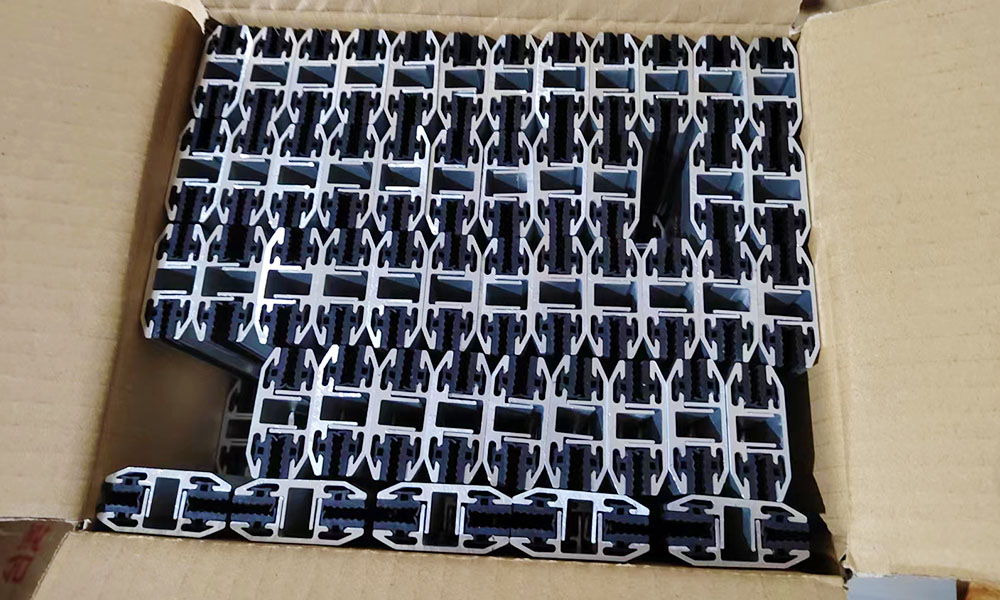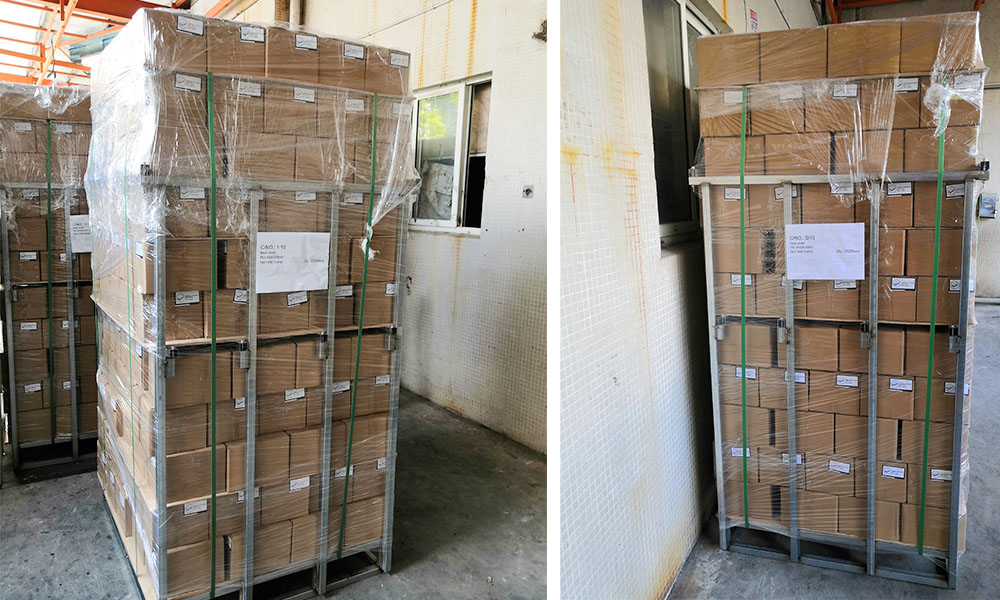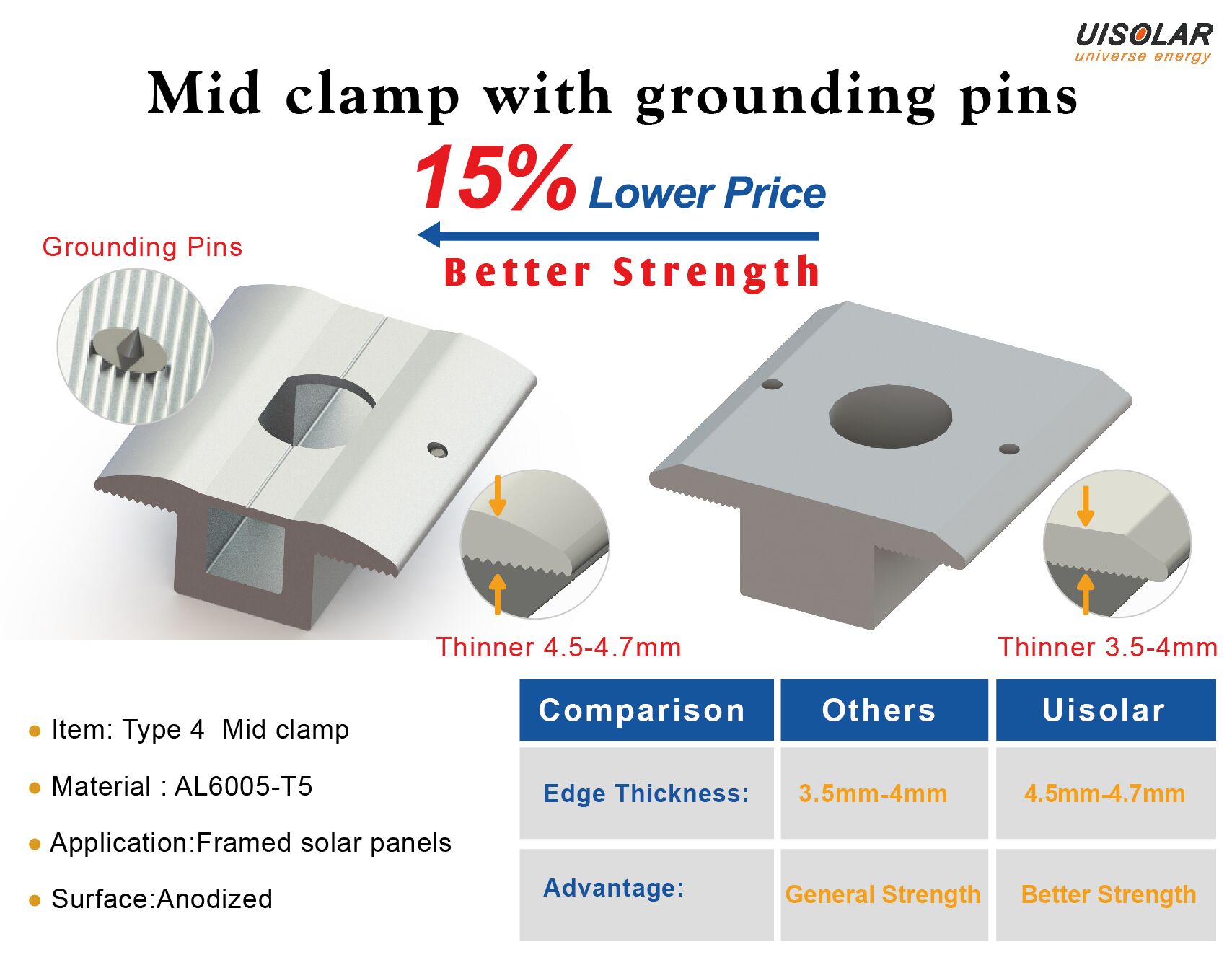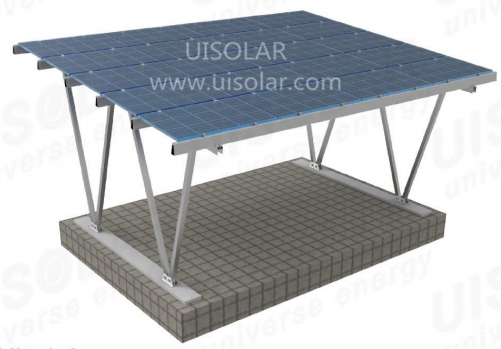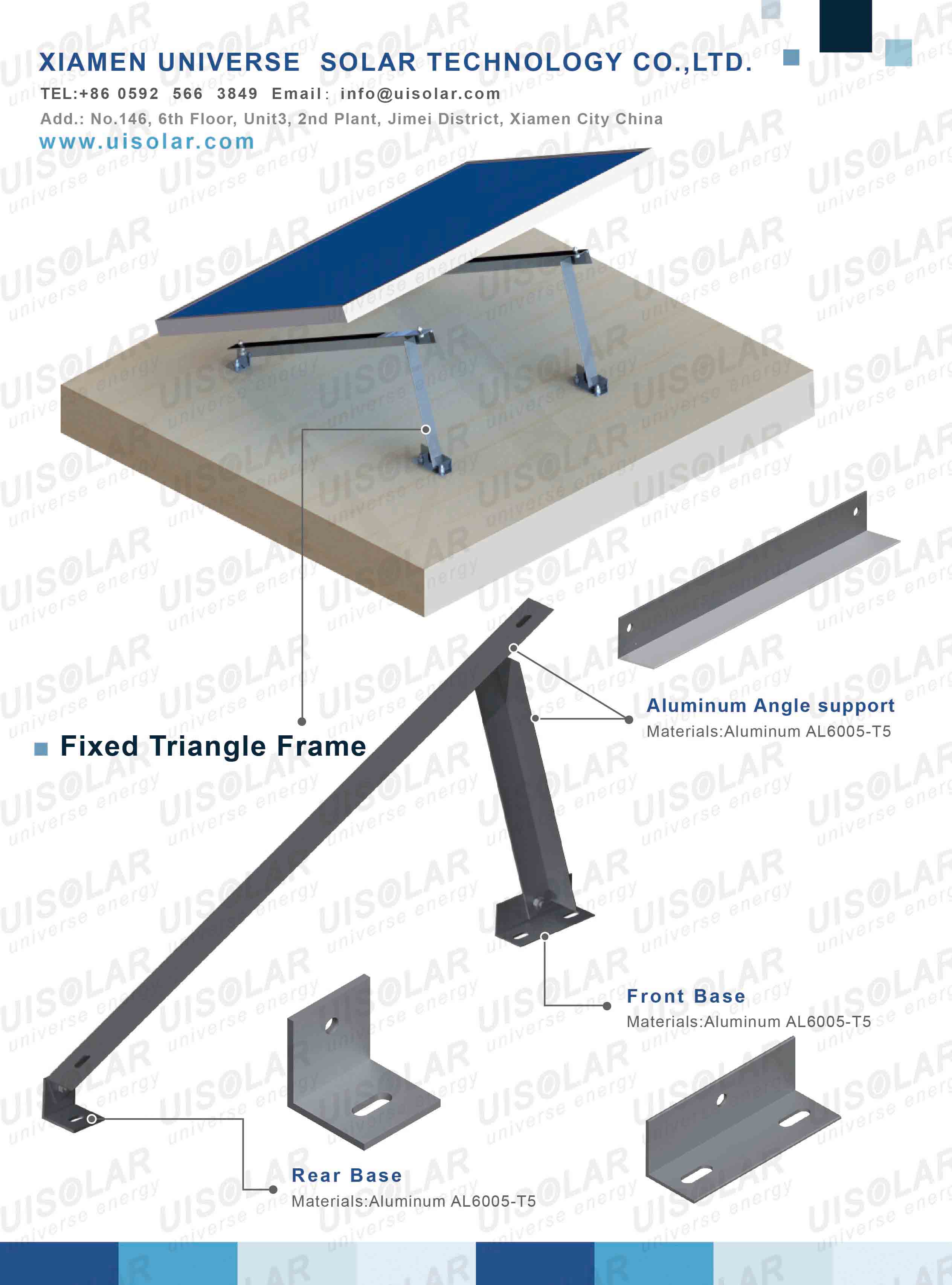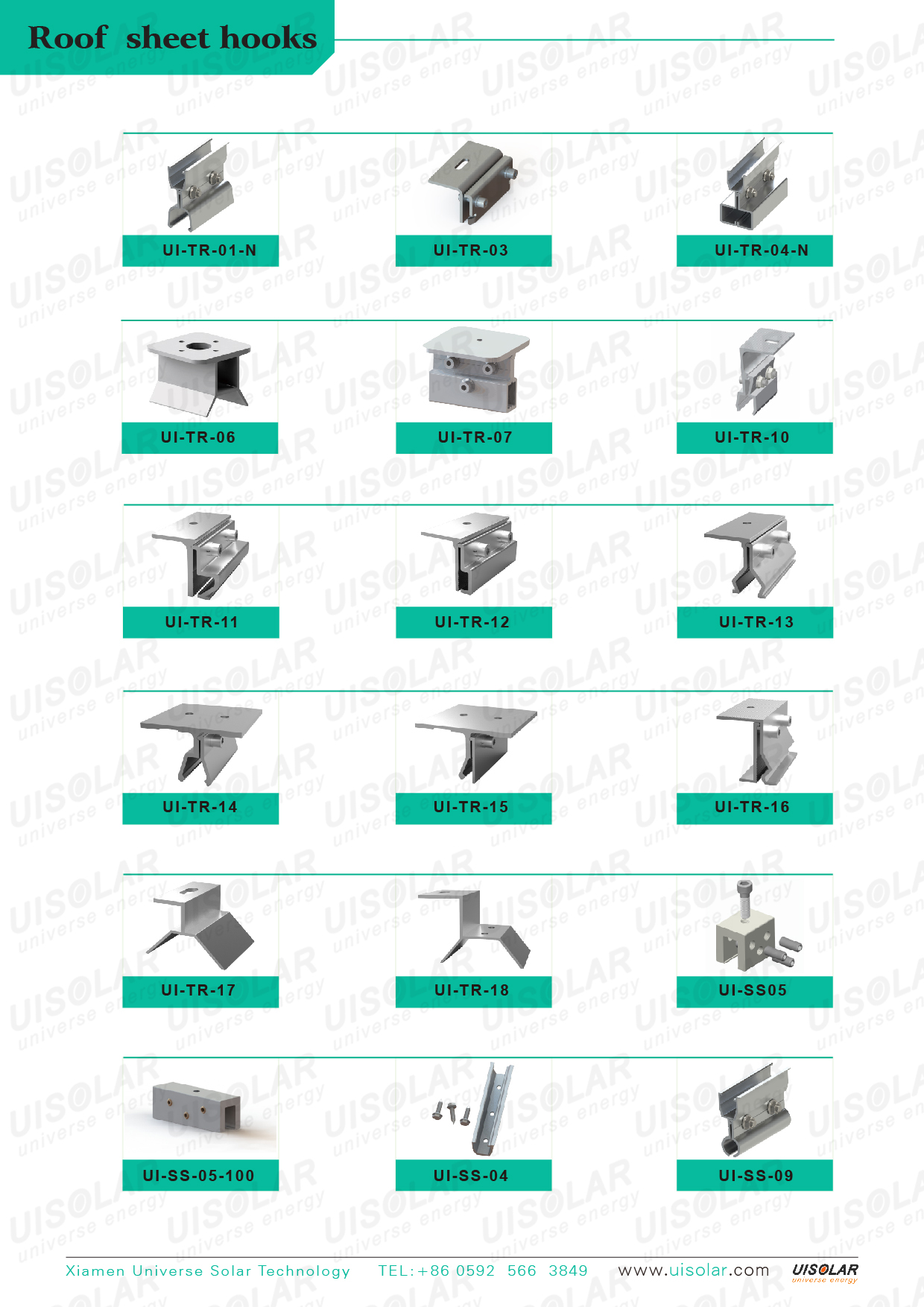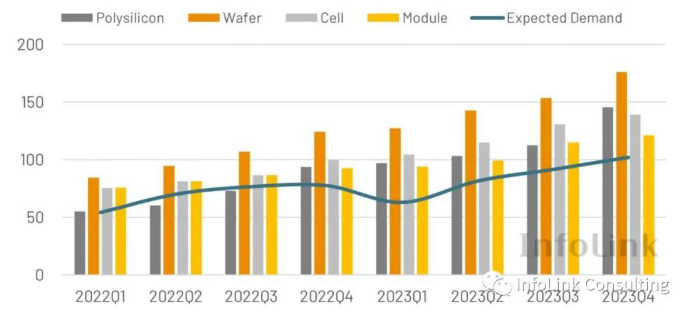The inclination angle of the photovoltaic power station is the angle between the surface of the photovoltaic module and the horizontal surface of the ground. When designing a power station, generally refer to the historical data of annual cumulative radiation at different inclination angles, and select the angle with the highest radiation as the best inclination angle design. Because the earth is always revolving around the sun, the point of direct sunlight is always reciprocating between the Earth's Tropic of Cancer within a revolution period. Therefore, the total amount of radiation received by the surface of the photovoltaic module is different under different inclination angles. We call the inclination angle that receives the largest total annual radiation as the optimal inclination angle.
In the process of actually selecting the best inclination angle, factors such as the geographical environment and natural environment of the project construction site should also be considered. For example, the influence of the inclination angle on the snow sliding; the influence of the wind pressure and snow pressure resistance of the components when the inclination angle changes; at the same time, the influence of these factors on the selection of photovoltaic support materials and the foundation counterweight and the change of the distance between the front and rear rows caused by too high an angle also need to be considered , increase land cost, etc.
To compare the impact of different inclination angles on power generation, a single variable comparison should be used. However, the inclination angles of components in the same power station are generally the same angle and orientation, and there are too many influencing factors when comparing power stations in different regions. So consider using PV-System design software to demonstrate it. The meteorological data of its software comes from two meteorological databases of NASA and Meteonorm. At the same time, through actual calculations, its calculation accuracy is up to 99.3%, which is referable.
Taking a power station in southern Xinjiang as an example, the actual installation inclination angle is 34°. However, when the design software is used to measure and compare the power generation at different inclination angles, it is concluded that under its geographical location, when the inclination angle is 37°, the radiation received by the surface of the module is the highest, and the power generation is also the highest. The actual installation angle power generation is 0.13% lower than the estimated best angle annual power generation. The specific data are as follows:

34°tilt angle, azimuth due south 37°tilt angle, azimuth due south
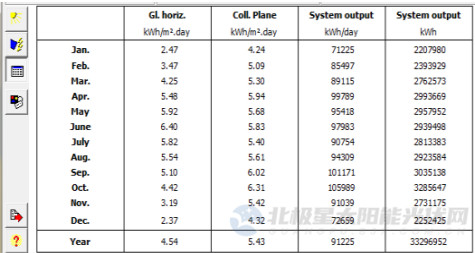
34° inclination angle power generation in the first year
The total annual radiation and power generation under different inclination angles are as follows:
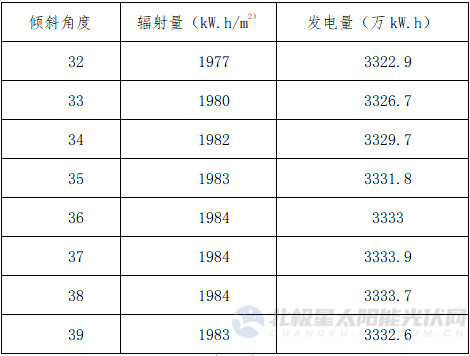
From the above data analysis, we can draw the following conclusions:
(1) The optimum inclination angle is related to the local geographic latitude. Taking the equator as the reference point, when the geographic latitude gradually increases toward the earth's poles, the corresponding optimal tilt angles also gradually increase.
(2) When the inclination angle increases from the horizontal (0°) to the optimal inclination angle, the amount of radiation received by its surface increases correspondingly, and the amount of radiation received by the surface reaches the maximum when the inclination angle is reached; as the inclination angle continues to increase, its surface receives The amount of radiation received began to decrease again, and the corresponding power generation gradually decreased.
(3) If the inclination angle is within ±5° of the optimum inclination angle, the impact of radiation on power generation is relatively limited.

